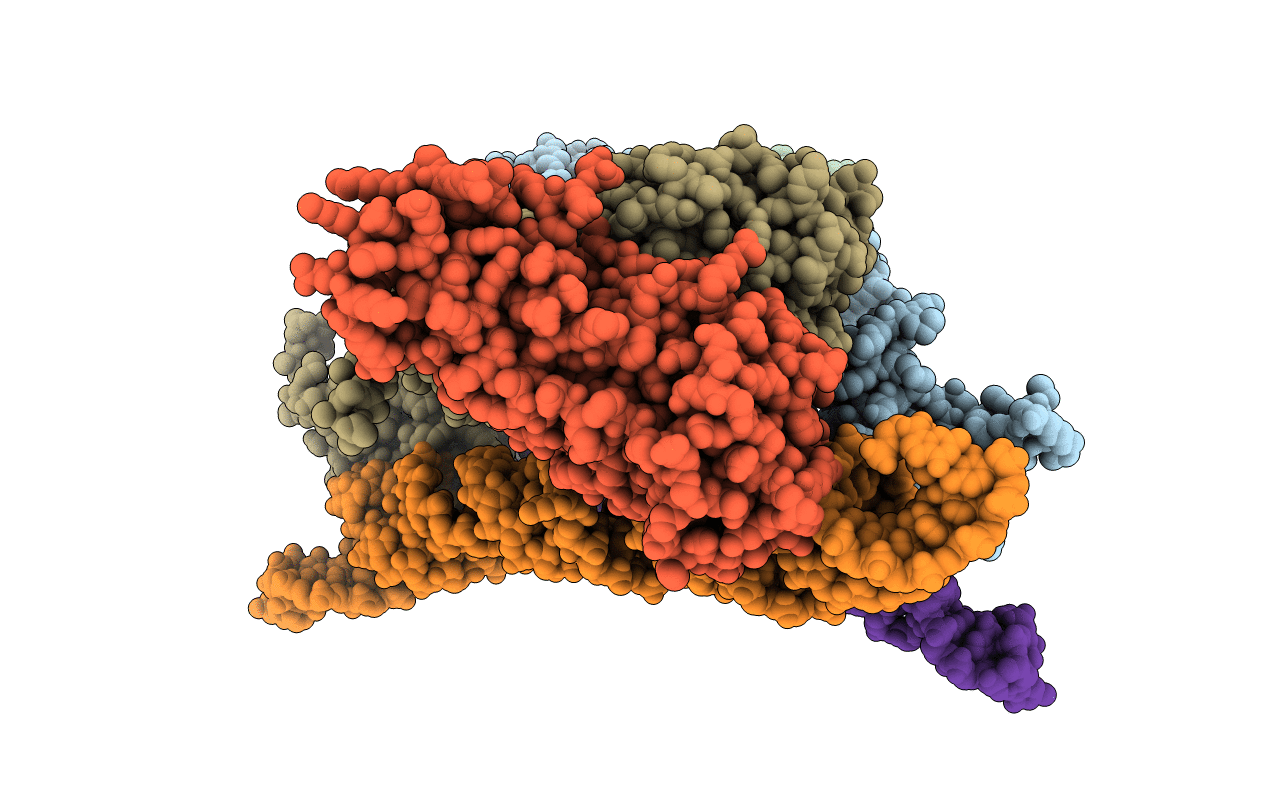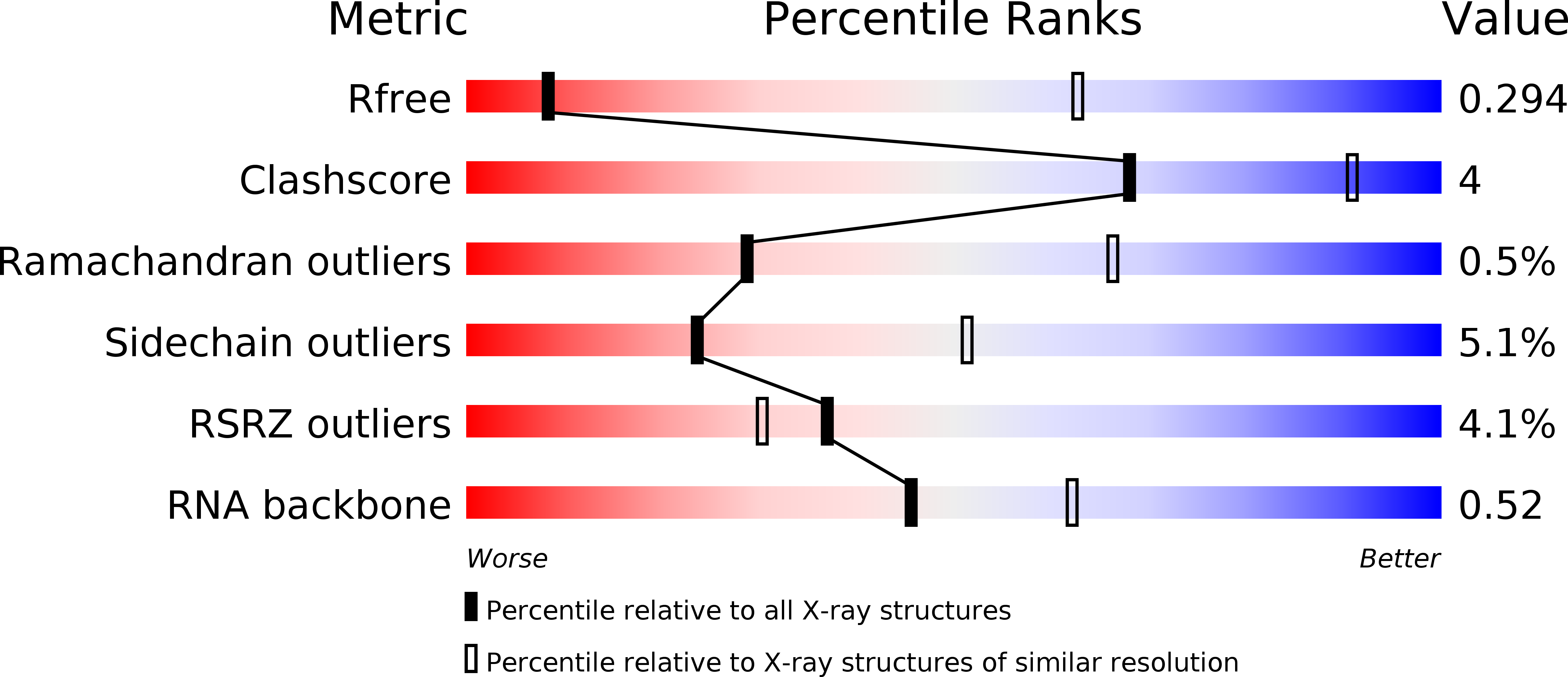
Deposition Date
2010-11-09
Release Date
2011-03-02
Last Version Date
2023-12-20
Entry Detail
PDB ID:
2XXA
Keywords:
Title:
The Crystal Structure of the Signal Recognition Particle (SRP) in Complex with its Receptor(SR)
Biological Source:
Source Organism:
ESCHERICHIA COLI K-12 (Taxon ID: 83333)
DEINOCOCCUS RADIODURANS (Taxon ID: 1299)
DEINOCOCCUS RADIODURANS (Taxon ID: 1299)
Host Organism:
Method Details:
Experimental Method:
Resolution:
3.94 Å
R-Value Free:
0.26
R-Value Work:
0.23
R-Value Observed:
0.23
Space Group:
P 21 21 21


